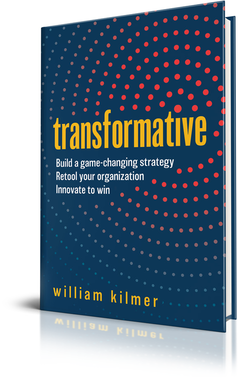Next Concept: Building a Challenge-Setting Organization
Creating A Culture That Feeds InnovationTransformative leaders understand how to use organizational culture to increases the likelihood of success today and anticipate the need to adapt in the future. The right culture feeds strategy in three ways: driving performance, delivering differentiation, and enabling adaptation. Organizations can evaluate and improve their culture by starting with a cultural assessment; creating context, vision, and mission; and creating and living by their values. Organizational culture can change over time, but it requires consistent effort to manage it.
|
